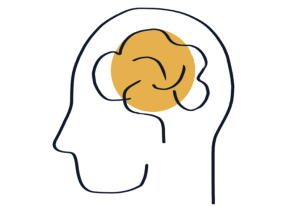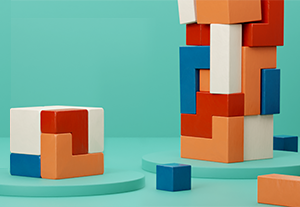- Behavioral Science, Customer Experience, Design, Design Theory, Usability, UX Education, UX Magazine
Constraints are essential to good product design. Here is how to use them in order to help users make better long-term decisions.
Article by Sam Stone
Constraints & Helping Users Make Better Decisions
- Constraints are crucial and important for good product design.
- The author explores 4 digital products with constraints that cause users short-term dissatisfaction, but help users make better long-term decisions:
-
- Lever: The Group-Think Constraint
- Wordle: The Binging Constraint
- Vanguard: The Gambling Constraint
- Dropbox Paper: The Tweaking Constraint
Share:Constraints & Helping Users Make Better Decisions
Share this link
- April 28, 2022
8 min read







